So, and after setting the Delete permissions of my Graphcool Comments schema to Authenticated (See image), I'm receiving the above mentioned error (See image) when attempting to delete a post comment.
A user receives a token after signing in as follows:
const Login = React.createClass({
signinUser: function(emailID, passwordID) {
const email = emailID;
const password = passwordID;
this.props.client.mutate({
mutation: signinUser_Mutation,
variables: {
email,
password,
},
options: {
cachePolicy: 'offline-critical',
fetchPolicy: 'cache-first',
},
})
.then(this.updateStateLoginDetails)
.catch(this.handleSubmitError);
},
updateStateLoginDetails: function({data}) {
localForage.setItem('graphcoolToken', data.signinUser.token);
},
handleSubmitError: function(err) {
console.error(err.message);
},
handleSubmit: function(e) {
e.preventDefault();
this.signinUser(this.refs.email.value, this.refs.password.value);
this.refs.loginForm.reset();
this.refs.email.focus();
},
render: function() {
return (
<div className="comments">
<form onSubmit={this.handleSubmit} ref="loginForm" className="comment-form">
<input type="text" ref="email" placeholder="email"/>
<input type="text" ref="password" placeholder="password"/>
<input type="submit" hidden/>
</form>
</div>
);
}
});
Login.propTypes = {
client: React.PropTypes.instanceOf(ApolloClient).isRequired,
}
const LoginWithApollo = withApollo(Login);
export default LoginWithApollo;and the authorisation header is then set in my ApolloClient.js as follows:
const logErrors = {
applyAfterware({ response }, next) {
if (!response.ok) {
response.clone().text().then((bodyText) => {
console.log('...', `Network Error: ${response.status} (${response.statusText}) - ${bodyText}`);
next();
});
} else {
response.clone().json().then(({ errors }) => {
if (errors) {
console.log('...', 'GraphQL Errors:', errors.map(e => e.message));
}
next();
});
}
},
};
// Create WebSocket client
const wsClient = new SubscriptionClient(SubscriptionClient_URL, {
reconnect: true,
connectionParams: {
Authorization: Best way to read in graphcoolToken here?
}
});
const networkInterface = createNetworkInterface({
uri: networkInterface_URL,
opts: {
credentials: 'include',
}
});
networkInterface.use([{
async applyMiddleware(req, next) {
if (!req.options.headers) {
req.options.headers = {}; // Create the header object if needed.
}
// get the authentication token from local storage if it exists
localForage.getItem('graphcoolToken', function (err, value) {
req.options.headers.Authorization = value ? `Bearer ${value}` : null;
// This is where next should have been placed
next();
});
// next was incorrectly placed here
next()
},
}]);
if (process.env.NODE_ENV !== 'production') {
networkInterface.useAfter([logErrors]);
}
// Extend the network interface with the WebSocket
const networkInterfaceWithSubscriptions = addGraphQLSubscriptions(
networkInterface,
wsClient
);
const client = new ApolloClient({
networkInterface: networkInterfaceWithSubscriptions,
dataIdFromObject: (o) => o.id,
addTypeName: true,
shouldBatch: true,
});
export default client;The mutation to remove a comment is:
export const Remove_Comment_MutationOLD = gql`
mutation removeComment ($id: ID!, $cid: ID!) {
removeFromPostsOnComments (postsPostsId: $id, commentsCommentsId: $cid) {
postsPosts {
__typename
id
comments {
__typename
id
text
user
deleted
posts {
__typename
id
}
}
}
}
deleteComments(id: $cid) {
id
}
}
`;So my question is, after setting the req.options.headers.authorization header, what is the best way to set Authorization in connectionParams, as mentioned in the following article: https://www.graph.cool/forum/t/authentication-issues-with-subscriptions/45/2


